Modern Poster Art: Australia’s Contemporary Scene
The emergence of modern poster art in Australia can be traced back to the late 20th century, a period marked by significant cultural shifts and the proliferation of various artistic movements. As global influences began to permeate Australian society, artists sought new ways to express their ideas and engage with the public. The poster, with its ability to communicate messages quickly and effectively, became a favored medium.
This rise was not merely a reflection of changing artistic styles but also a response to the socio-political climate of the time. The anti-war movements, environmental campaigns, and social justice initiatives of the 1960s and 1970s provided fertile ground for artists to explore themes that resonated with the public. In this context, poster art evolved into a powerful tool for activism and social commentary.
Artists began to utilize bold colors, striking imagery, and provocative text to capture attention and provoke thought. The Australian poster scene was heavily influenced by international trends, particularly the psychedelic art movement and the graphic design innovations of the Bauhaus school. This fusion of styles led to a unique Australian aesthetic that combined local themes with global artistic practices.
As a result, modern poster art in Australia became a vibrant reflection of the nation’s diverse cultural landscape, paving the way for future generations of artists to explore and expand upon these foundational ideas.
Influential Artists and Their Impact on Contemporary Poster Art
Pioneers of Whimsy and Satire
Reg Mombassa is one such figure, known for his whimsical and often surreal imagery that draws heavily from Australian culture and landscapes. His work often features elements of humor and satire, making his posters not only visually appealing but also thought-provoking.
Challenging Narratives and Fostering Inclusivity
Another influential artist is Peter Drew, who gained recognition for his “Real Australians Say Welcome” campaign. Drew’s posters challenge prevailing narratives about immigration and national identity in Australia. By using simple yet impactful designs, he has successfully engaged audiences in conversations about inclusivity and belonging.
A Platform for Social Change
The impact of these artists extends beyond their individual works; they have fostered a community of creators who continue to push the boundaries of what poster art can achieve. Their work exemplifies how contemporary poster art can serve as a platform for social change, encouraging viewers to reflect on their values and beliefs.
The Evolution of Poster Art in Australia

The evolution of poster art in Australia has been marked by a continuous dialogue between tradition and innovation. In the early days, posters were primarily used for advertising purposes, promoting everything from theatrical performances to consumer products. However, as artistic movements gained momentum, the role of posters began to shift.
The rise of counterculture in the 1960s saw posters being used as vehicles for political expression and social commentary. This transformation laid the groundwork for the diverse range of styles and themes that characterize contemporary Australian poster art. As the 21st century approached, digital technology began to play an increasingly significant role in the creation and distribution of posters.
Artists began to experiment with digital tools, allowing for greater flexibility and experimentation in their designs. This shift not only expanded the possibilities for artistic expression but also democratized access to poster creation. With the advent of social media platforms, artists could share their work with a global audience, leading to a cross-pollination of ideas and styles that further enriched the Australian poster scene.
The evolution of poster art in Australia reflects broader societal changes, illustrating how art can adapt to new contexts while remaining rooted in its historical foundations.
The Role of Technology in Shaping Modern Poster Art
Technology has fundamentally transformed the landscape of modern poster art in Australia, influencing both the creative process and the ways in which art is disseminated. The introduction of digital design software has revolutionized how artists conceptualize and produce their work. Programs like Adobe Illustrator and Photoshop enable creators to manipulate images with unprecedented precision, allowing for intricate designs that were once labor-intensive or impossible to achieve by hand.
This technological advancement has led to an explosion of creativity within the medium, as artists can now experiment with various styles, colors, and compositions without the constraints of traditional methods. Moreover, technology has reshaped how posters are shared and consumed. The rise of social media platforms such as Instagram and Pinterest has provided artists with new avenues for exposure, allowing them to reach wider audiences than ever before.
This shift has also encouraged collaboration among artists across different regions and countries, fostering a sense of community within the global poster art scene. Additionally, online marketplaces have emerged, enabling artists to sell their work directly to consumers without relying on traditional galleries or exhibitions. As a result, technology has not only enhanced the artistic process but has also democratized access to poster art, making it more accessible to both creators and audiences alike.
The Intersection of Traditional and Contemporary Techniques in Poster Art
The interplay between traditional techniques and contemporary practices is a defining characteristic of modern poster art in Australia. Many artists draw inspiration from historical methods such as screen printing, lithography, and hand-drawn typography while incorporating modern elements into their work. This blending of old and new allows for a rich tapestry of styles that reflect both personal expression and cultural heritage.
For instance, some artists may use traditional screen printing techniques to create limited edition posters while integrating digital elements for added depth and complexity. This intersection is particularly evident in collaborative projects where artists from different backgrounds come together to create unique pieces that honor both traditional craftsmanship and contemporary aesthetics. Such collaborations often result in innovative works that challenge conventional notions of what poster art can be.
By embracing both traditional techniques and modern technologies, artists are able to create pieces that resonate with diverse audiences while paying homage to the rich history of poster art in Australia.
Exploring Themes and Subjects in Australian Contemporary Poster Art

Environmental Awareness
Environmental issues are a prominent focus for many artists, who use their work to raise awareness about climate change, conservation efforts, and sustainability practices. Posters addressing these topics often feature striking visuals that capture the beauty of Australia’s natural landscapes while simultaneously highlighting the urgent need for protection and preservation.
Social Justice and Advocacy
Social justice is another critical theme within contemporary poster art. Artists frequently tackle issues such as Indigenous rights, gender equality, and LGBTQ+ representation through their designs. By using bold imagery and powerful messaging, these posters serve as catalysts for dialogue and action within communities.
Thematic Diversity and Impact
For example, during the Black Lives Matter movement, many Australian artists created posters that addressed systemic racism and called for solidarity with Indigenous Australians. This thematic diversity not only enriches the visual landscape but also underscores the role of poster art as a medium for advocacy and change.
Role of Poster Art in Modern Society
The use of poster art as a tool for social commentary and change highlights its significance in contemporary Australian society, demonstrating the power of art to inspire and drive positive transformation.
The Influence of Australian Culture and Identity on Poster Art
Australian culture and identity play a significant role in shaping contemporary poster art, providing artists with a rich source of inspiration drawn from their surroundings and experiences. The unique blend of Indigenous heritage, colonial history, and multicultural influences informs the themes explored in many posters. Artists often incorporate symbols, motifs, and narratives that reflect Australia’s diverse cultural landscape, creating works that resonate with both local audiences and international viewers.
The concept of “Australiana” is particularly prevalent in contemporary poster art, where artists celebrate quintessentially Australian elements such as native flora and fauna artworks, iconic landmarks, and cultural references unique to the nation. This celebration often takes on a playful or satirical tone, allowing artists to critique societal norms while simultaneously embracing their cultural identity. For instance, works that feature kangaroos or emus may be imbued with deeper meanings related to national identity or environmental concerns.
Through these explorations, contemporary Australian poster art becomes a powerful medium for expressing cultural pride while also engaging with pressing social issues.
The Future of Modern Poster Art in Australia
Looking ahead, the future of modern poster art in Australia appears vibrant and full of potential as artists continue to innovate within this dynamic medium. As technology continues to evolve, it is likely that new tools will emerge that further enhance creative possibilities. Virtual reality (VR) and augmented reality (AR) technologies may offer exciting avenues for interactive poster experiences that engage audiences on multiple sensory levels.
Such advancements could transform how viewers interact with posters, blurring the lines between traditional print media and immersive digital experiences. Moreover, as societal issues evolve, so too will the themes explored within contemporary poster art. Artists will likely continue to address pressing concerns such as climate change, social justice, and mental health through their work.
The ongoing dialogue between tradition and innovation will remain central to this evolution as artists draw upon historical influences while pushing boundaries with contemporary techniques. Ultimately, modern poster art in Australia will continue to serve as a powerful vehicle for expression, reflection, and change—capturing the spirit of a nation that is ever-evolving while remaining deeply connected to its roots.

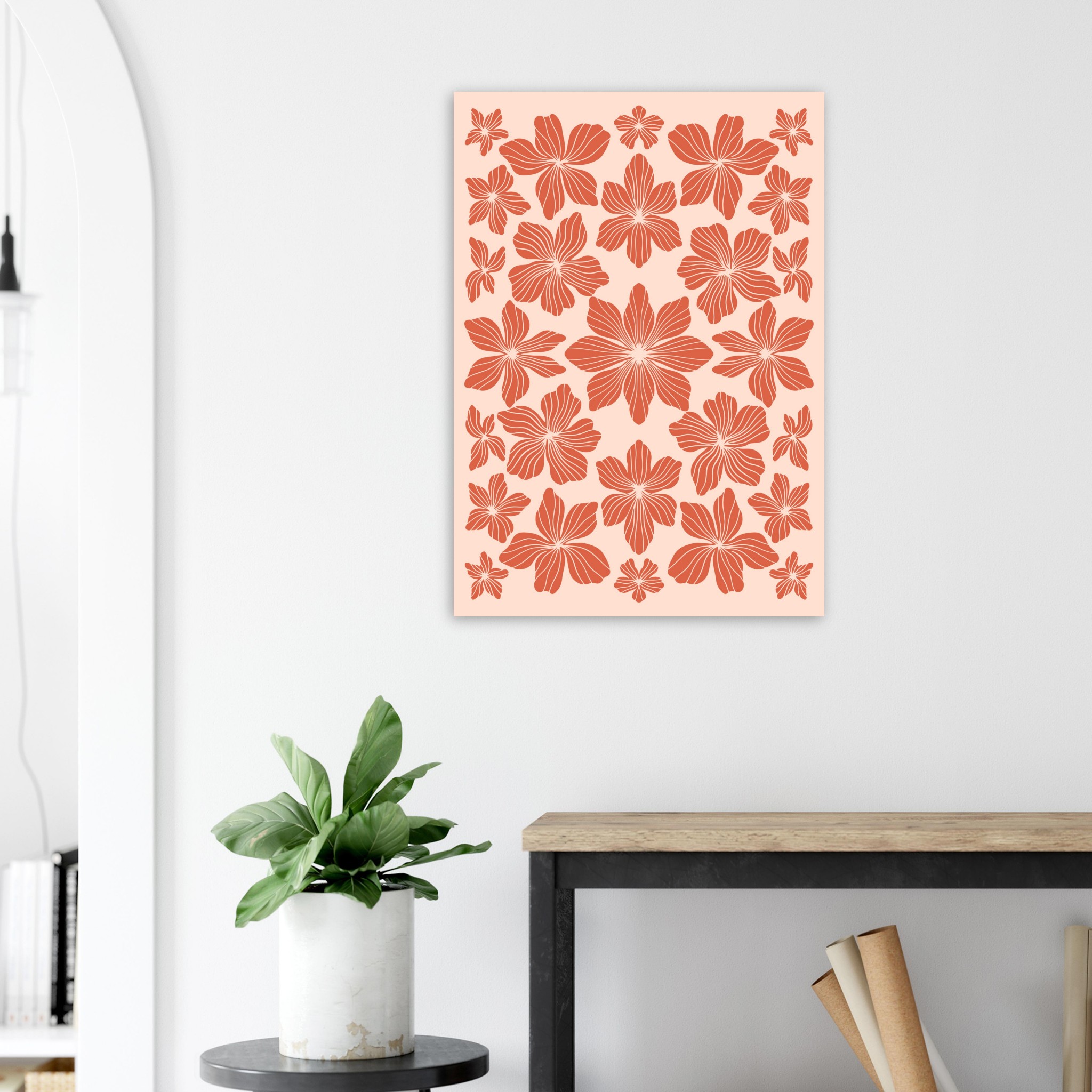

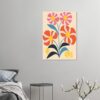
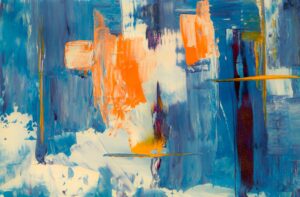
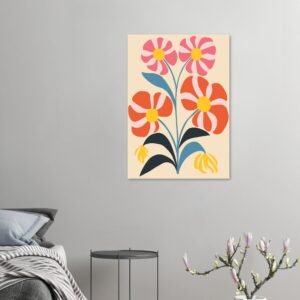

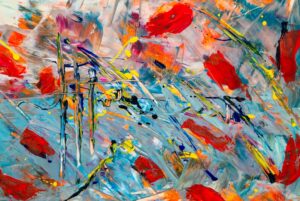

Add comment